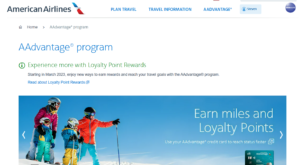Jeweler or Speweler.
 A friend of mine is a jeweler. Part of his job is working the bench — where the action is. Jewelers work, in some ways, is like that of the brand planner. It’s detail work. Focus on small things. Magnification.
A friend of mine is a jeweler. Part of his job is working the bench — where the action is. Jewelers work, in some ways, is like that of the brand planner. It’s detail work. Focus on small things. Magnification.
When a jeweler opens a watch for repair s/he needs to diagnose the problem and deal with it. Isolate the parts that don’t work and fix them. All the other parts of the watch, though important, are outside of the focus of the repair. A lay person looking at all the moving parts might be overwhelmed.
When I open the metaphoric watch in a brand planning assignment, I must familiarize myself with the parts. The first time I looked into the brand of a infosec boutique in NYC, I was faklempt. But then I started asking questions, learned a little bit of language and like a visitor in a foreign land was treated with kindness to match my kindness. You see, I was more interested in them than in me and my craft. This approach allowed me to understand enough to focus on the problem without asking “What’s The Problem.” The jeweler in me could then see around the watch parts to the mechanism in need of repair.
So, my advice? More jeweler, less brandbabble spew-eler.
Peace.








